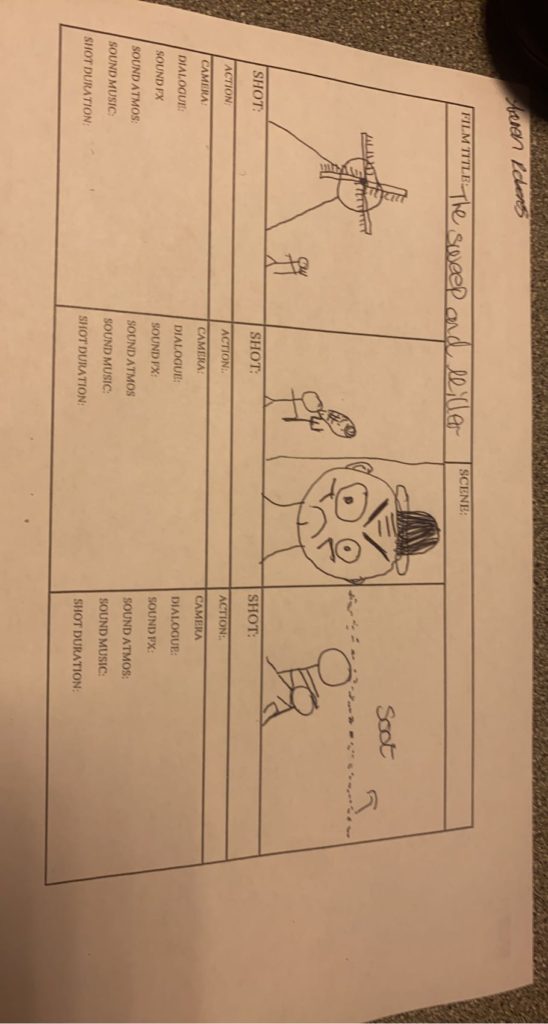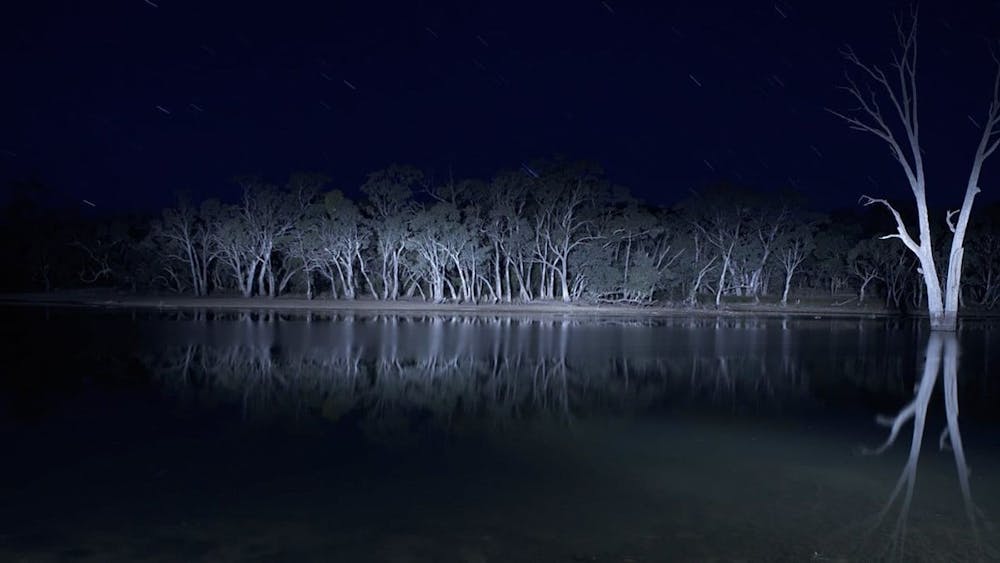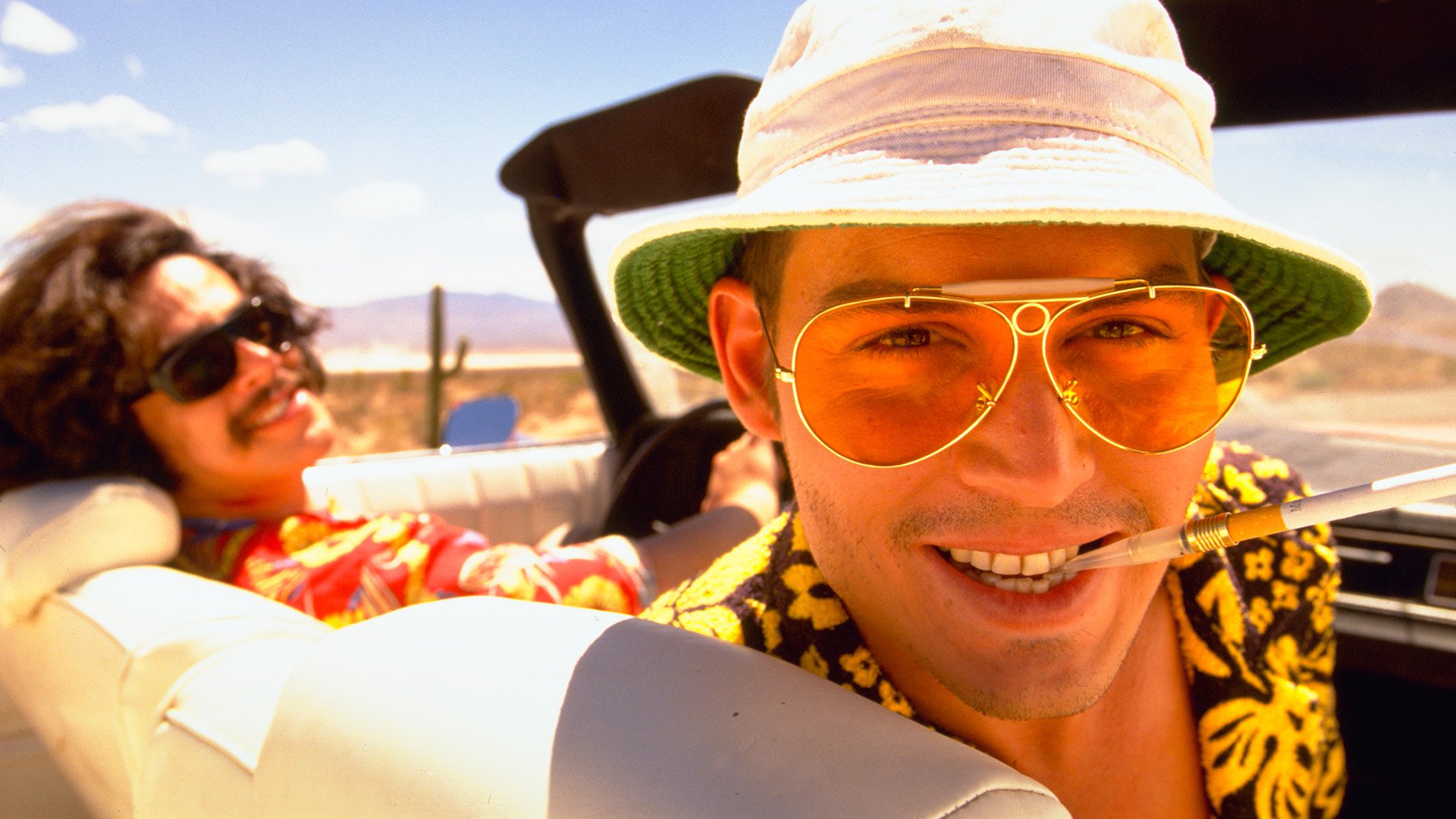
Storyboard





Diegesis- (alice in wonderland)

refers to the world represented in the film and what is happening inside it. Diegetic gaze is described as the way the audience interprets different elements of the film.
Intra-diegetic gaze- (lake mungo)

is used when the audience is placed within a character’s viewpoint, for example as a first person view. for example found footage movies.
Extra-diegetic gaze- (Fear and Loathing in las vegas)

often known as “4th wall breaking”, is used when a character addresses the audience by either looking into the camera, or talking to them through monologue.
Cinematography
Blend of science and art used to capture, manipulate and store moving images for the purpose of creating a motion picture. Example of cinematography are the decisions made about lighting, camera filters and lenses when shooting a movie scene. The art, science, and work of photography in making films.
Cinematographer
A cinematographer, also known as a Director of Photography, oversees the camera and the lighting crew. They’re the person responsible for creating the look, colour, lighting, and framing of every single shot in a film.
| The Shining Kubrick (1980) | Critical Score: 8/10 | Memorable scene: RedRum – Danny manages to anticipate what is about to happen by writing “redrum” on the bathroom door because this is where the murder will take place. Adds suspense. |

Editing- to prepare (motion-picture film, video, or magnetic tape) by deleting, arranging, and splicing, by synchronizing the sound record with the film, etc. The craft of cutting/splicing scenes in order to assemble a finished film.
| Blade Runner (Scott, 1982) | Critical Score: 6/10 | Memorable Scene: “Tears in rain” is a 42-word monologue, consisting of the last words of character Roy Batty (portrayed by Rutger Hauer) in the 1982 Ridley Scott film Blade Runner. I think this scene is memorable and it has also been described as “perhaps the most moving death soliloquy in cinematic history”. I think the overly dramatic setting and speech adds to the characters pain and emotion, the rain portraying his sadness. |

Mise en scene review- 500 words

6/10 of the movies are action.
Cultural context:
-Economic – influence from economy (businesses, finance etc) budget, box office, audience.
-Geographical – setting of movies, place it was recorded
-Historical – when the film is made, when the film is set.
-Institutional – linked to economic context and film industry
-Political – ideologies, views and opinions portrayed in the movie
-Social – society, representation of people
-Technological – breakthroughs (sound, colour, cgi etc)
consists of:
-Setting
-Costume and Makeup
-Lighting
-Staging (movement and performance)
Chaotic vs Anally Tidy
Use of Mise en Scene in The Machinist (2004 by Brad Anderson)
Lighting:

Very little light is used, and we first meet Trev in a storm in the dead of night, and even indoor scenes are filmed with very little use of light. The only light we see is the harsh bright lights of the Airport Café. The camera cuts to the clock, and back. This complements nicely with the harsh lighting, giving us an insight into his inability to sleep. Close ups with a strong use of shadow are also used to portray Trev as a dark character. Virtually the whole movie is nearly black & white with a strong blue or green tint.
Costume and appearance:

We always see Trev in dark clothing, and when we see him in his bathroom mirror is used to portray just how thin he his. The skin-tones are shot dark, often covered in deep shadows.
Shots:

The high angle shot above amplifies the drama and helplessness of the character.